How Eclipses Revealed Our Solar System
Of all the astronomical phenomena you can witness, the total solar eclipse has to be the most visceral--the most in-your-face reminder that our reality consists of giant balls of rock spinning around stars. It's also the eclipse and phenomena like it that set us on the path to understanding that reality in the first place.
Episodes
-
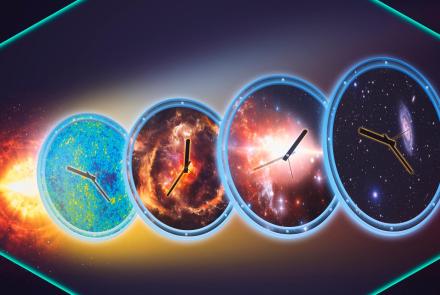
The Arrow of Time and How to Reverse It
S6 E36 - 10m 36s
Ever wish you could travel backward in time and do things differently? Good news: the laws of physics seem to say traveling backward in time is the same as traveling forwards. So why do we seem to be stuck in this inexorable flow towards the future? It's time to begin our journey towards really understanding time.
-

Can Free Will be Saved in a Deterministic Universe?
S6 E35 - 13m 42s
Physicists have a long history of sticking our noses where they don’t belong - and one of our favorite places to step beyond our expertise is the question of consciousness and free will. Sometimes our musings are insightful, sometimes incoherent, and usually at least somewhat naive. Which a fair description of this show, so of course, Space Time needs to weigh in physics and free will.
-
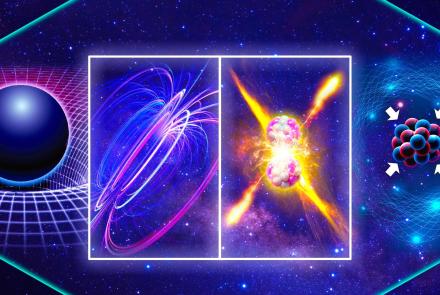
Electroweak Theory and the Origin of the Fundamental Forces
S6 E34 - 13m 48s
Our universe seems..complicated. We have a weird zoo of elementary particles, which interact through very different fundamental forces. But some extremely subtle clues in nature have led us to believe that the forces of nature were once unified, ruled by a single, grand symmetry. But how does one force separate into multiple? And how do the forces of nature arise from mathematical symmetries?
-
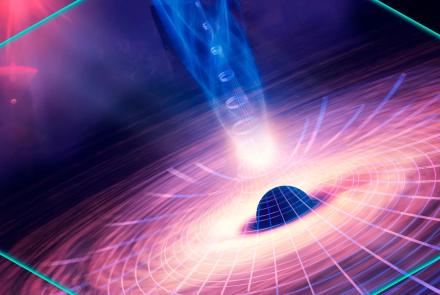
How The Penrose Singularity Theorem Predicts The End
S6 E33 - 12m 50s
The 2020 Nobel prize in physics went to black holes. It was shared by the astronomers who revealed to us the Milky Way’s central black hole and by Roger Penrose, who proved that in general relativity, every black hole contains a place of infinite gravity - a singularity. But the true impact of Penrose’s singularity theorem is much deeper. it leads us to the limits of Einstein’s great theory.
-
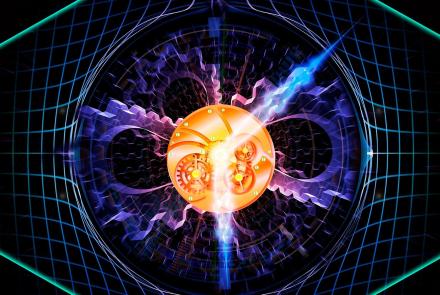
Is The Future Predetermined By Quantum Mechanics?
S6 E32 - 12m 39s
Einstein’s special theory of relativity combines space and time into one dynamic, unified entity - spacetime. But if time is connected to space, could the universe be anything but deterministic? And does that mean that the future is predestined?
-
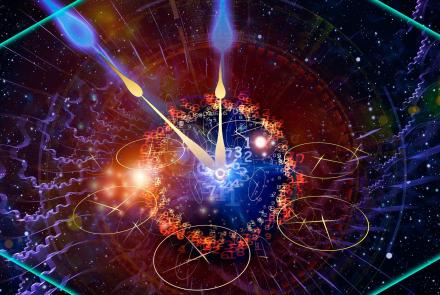
Do the Past and Future Exist?
S6 E31 - 13m 9s
Is all that exists just whatever exists right now? Is the past erased and the future a void yet to be filled? Well, the answer lies in between the past and the future - in the elusive, ever-moving eye-blink that we call the present.
-
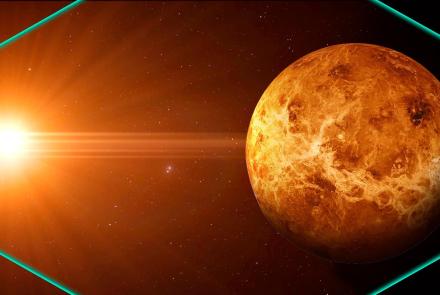
Venus May Have Life!
S6 E30 - 13m 1s
If you rank the most habitable places in our solar system Venus lands pretty low, with surface temperatures hot enough to melt lead and sulphuric acid rain. And yet it may have just jumped to the front of the pack. In fact, we may have detected the signature of alien life - Venusian life -for the first time.
-

Solving Quantum Cryptography
S6 E29 - 14m 39s
Your search history is only a tiny math problem to becoming public knowledge. That math problem is prime number factoring, and the new era of quantum computers may lay bare your indiscretions, as well as collapse the entire digital economy. Unless we get us some post-quantum cryptography post-haste. So, how close are we?
-
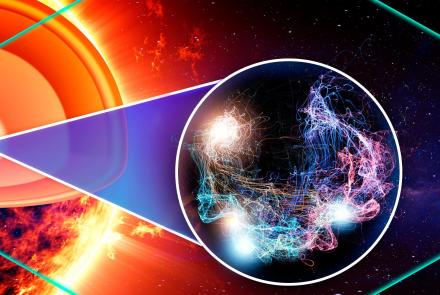
Could Life Evolve Inside Stars?
S6 E28 - 10m 47s
Fundamental kinks and defects in the fabric of the universe - cosmic strings beaded with magnetic monopoles - may evolve into complex structures, and even life, within stars. This idea was just published in Letters High Energy Physics Letters by physicists Luis Anchordoqui and Eugene Chudnovsky, and today on Space Time Journal Club we’re going to see how legit this actually is.
-
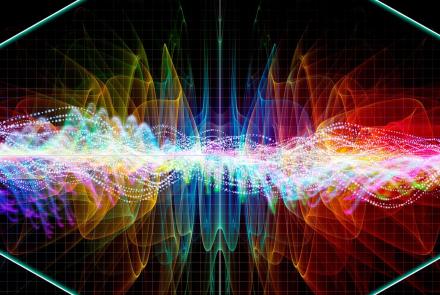
The Truth About Beauty in Physics
S6 E27 - 13m 29s
The great physicist Hermann Weyl once said: "My work always tried to unite the true with the beautiful, but when I had to choose one or the other, I usually chose the beautiful." But is this actually good advice for doing physics?
-
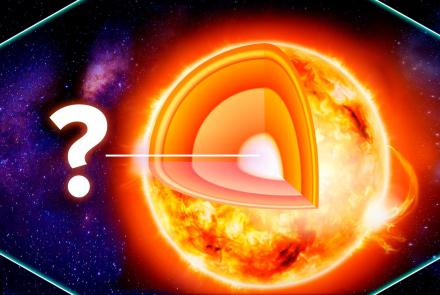
How Do We Know What Stars Are Made Of?
S6 E26 - 11m 13s
Pin-pricks in the celestial sphere, through which shines the light of heaven? Or gods and heroes looking down from their constellations? Or lights kindled above middle earth by Varda Elbereth and brightened with the dew of the trees of Valinor? Science has long pondered the mysteries of the stars. This is how we finally figured them out.
-
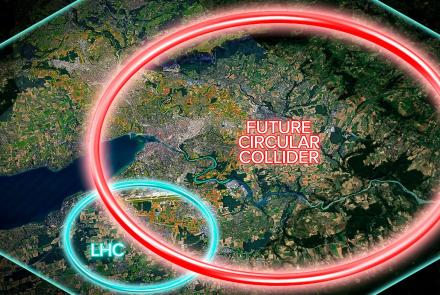
Can Future Colliders Break the Standard Model?
S6 E25 - 13m 42s
In June 2020, the consortium of Europe’s top particle physicists published their vision for the next several years of particle physics experiments in the EU. A big part of that is the Future Circular Collider which will accelerate particles in a 100-kilometer circumference underground ring encircling Geneva. It’ll be nearly 4 times the size of the Large Hadron Collider. But will they succeed?
WETA Passport
Stream tens of thousands of hours of your PBS and local favorites with WETA Passport whenever and wherever you want. Catch up on a single episode or binge-watch full seasons before they air on TV.
Similar Shows

A Song for Love: An Ape with an App
Science and Nature
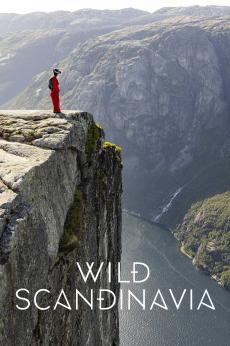
Wild Scandinavia
Science and Nature

Out of Our Elements
Science and Nature
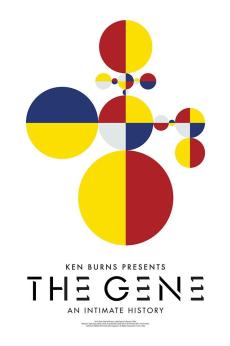
The Gene
Science and Nature
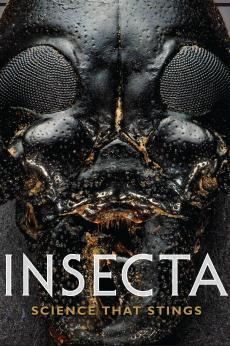
Insecta: Science that Stings
Science and Nature
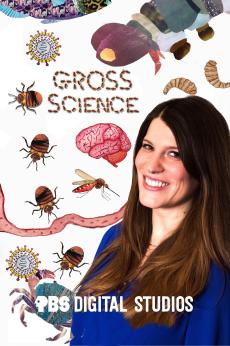
Gross Science
Science and Nature

BrainCraft
Science and Nature

Islands of Wonder
Science and Nature
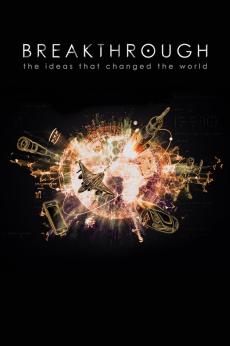
Breakthrough: The Ideas That Changed the World
Science and Nature

Physics Girl
Science and Nature